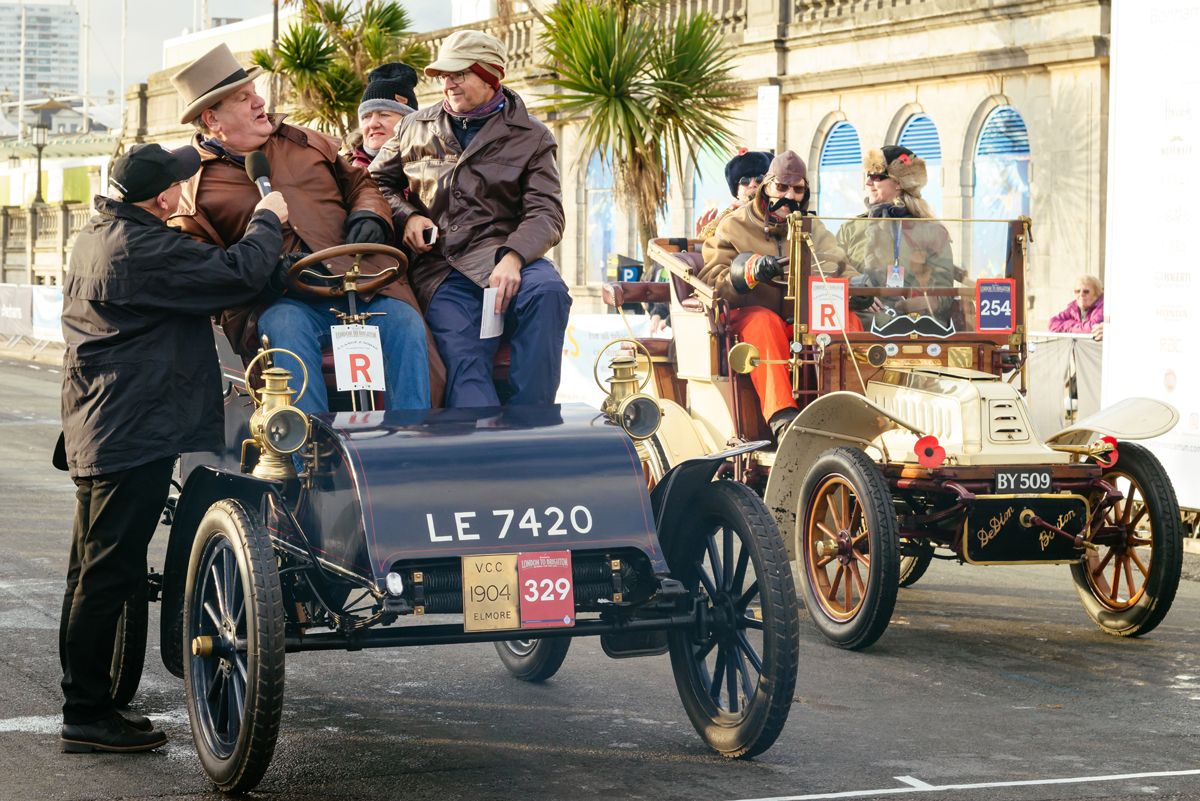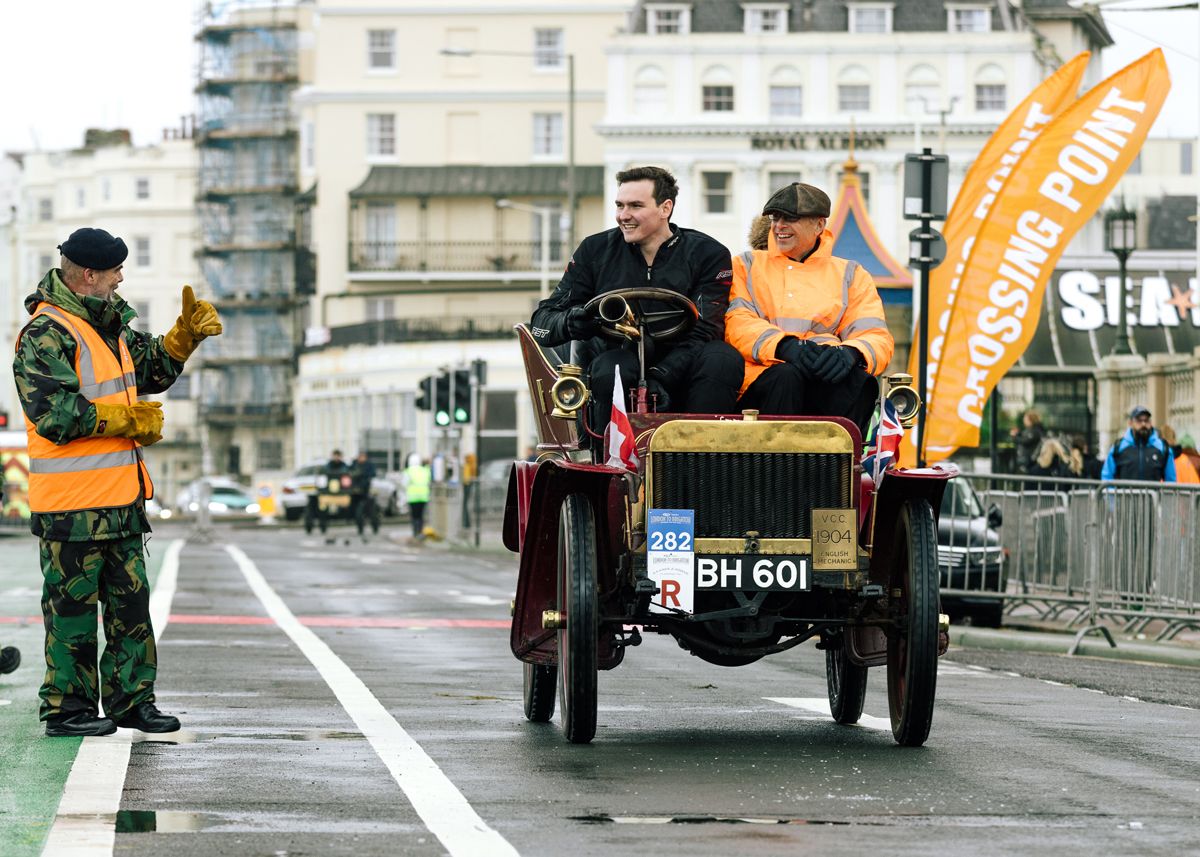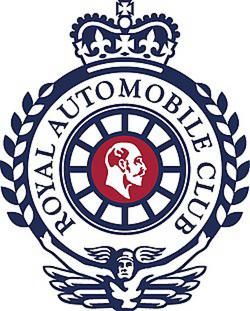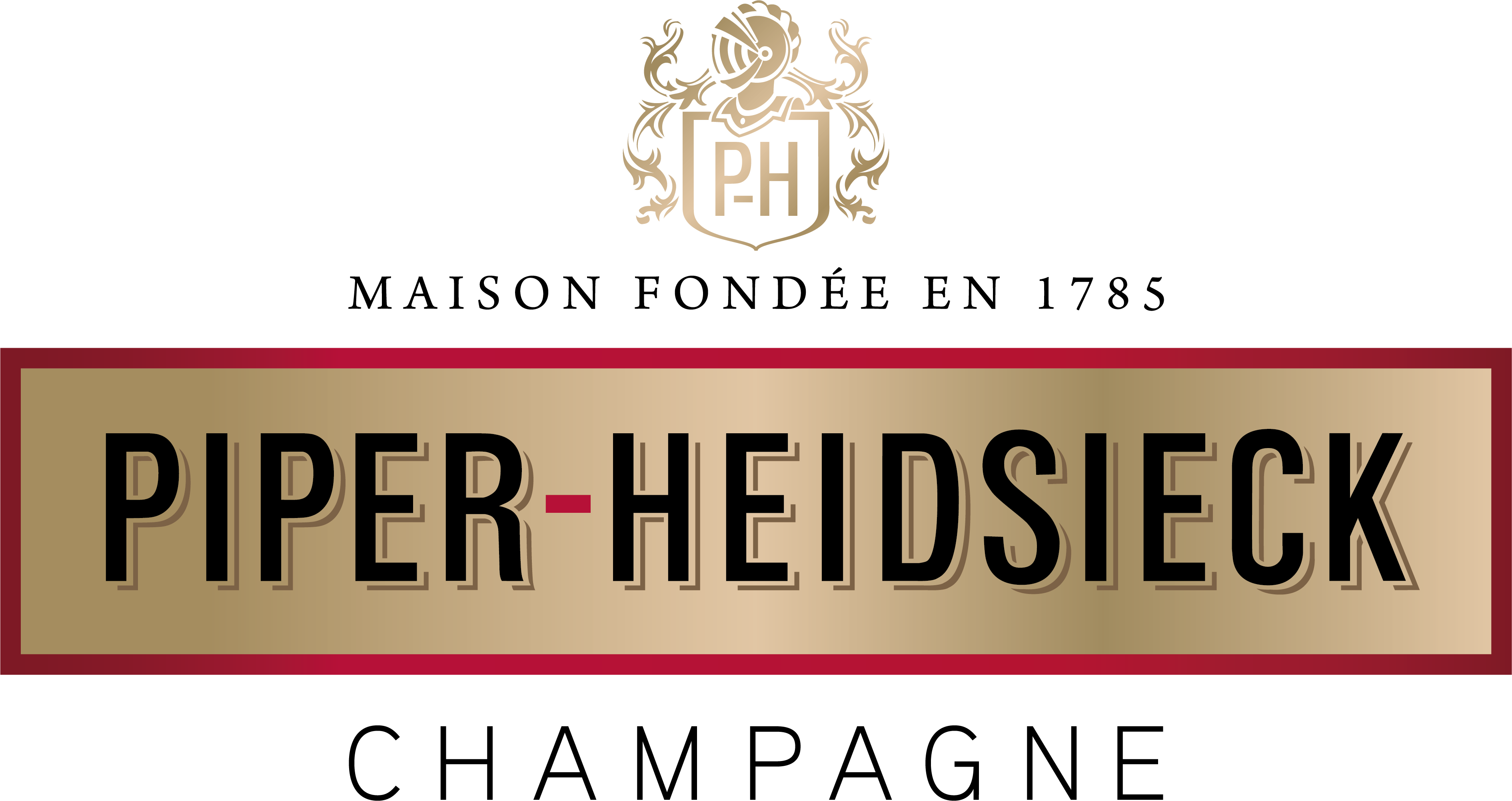Driving through the alphabet - E and F
)
Elmore

The company was founded by Harmon Von Vechten Becker and his two sons, James and Burton, who were cycle manufacturers in Clyde, Ohio, before producing two light cars in 1900, with two-stroke, 3.5hp and 6hp engines. Both had 1.57m wheelbase, tiller steering, and chain drive. For 1903, two-cylinder models of 6hp and 10hp were available, and the following year, a 5hp single cylinder was on offer. The twin cylinder models had dummy bonnets and the engine remained under the seat.
English Mechanic

A magazine called English Mechanic and World of Science and Art was launched at the turn of the century and featured design templates and construction instructions for cars that could be built at home. The originator was T Hyler White. The series started in May 1899 with a tricycle featuring a 1.75hp De Dion Bouton engine. In January 1900, the first of 56 weekly parts on ‘A small car and how to build it’ appeared. To keep costs down, amateur engineers were encouraged to use second-hand materials, or to purchase components from the writer’s friend, David J. Smith, who had a workshop in the East End of London. The number of vehicles that were successfully completed, is unknown but four vehicles survive: a Benz-type two-seater, a steam dog cart, an 8hp tonneau, and a two-cylinder car of 1907 date.
Fiat

Fiat (Fabbrica Italiana Automobili Torino) was incorporated in 1899, and the first vehicles appeared that year, starting with a 3.5hp horizontal-mounted, twin cylinder engined vis a vis. Engine capacity increased of this design to 6hp before the company launched a front-engined vehicle with an 8hp vertical, twin-cylinder power unit. By the end of 1901, there was a four cylinder, 12/16hp model with a 3768cc engine, supplemented by a 4181cc 16/20hp version in 1903. By this time Vincenzo Lancia was working as a driver, and he drove the Fiat entry in the ill-fated 1903 Paris to Madrid Race. The influence of Panhard was readily apparent with the Fiat output, but by 1904 when there was a 75hp motor car on offer, there was little doubt that the company was more focused on emulating Mercedes.
Flint

These were made in Flint, Michigan, USA, by ABC Hardy.
In 1902, Hardy began to make a two-seater, 8hp, single-cylinder roadster with left- or right-hand tiller steering for $850. He made 52 of these but ceased in 1902 because he was unwilling to pay the Seldon patent fee.
Ford

Henry Ford started the Ford Motor Company in Detroit, USA in 1903. The first production car – the Model A – used a two-cylinder horizontally opposed 1645cc engine in a Runabout-type body and was initially assembled from parts supplied by Dodge Brothers and others. The Model A was discontinued in October 1904 when 670 had been made, according to the company’s records. This model was replaced by three new ones: the larger-engined AC; the C with the same engine and a bonnet and vertical radiator, and the Model B, which was a completely new car, with a front-mounted, vertical four-cylinder engine of 4646cc, developing 24hp. Unlike the smaller Fords, it had shaft drive and a side entrance tourer body. In 1904, the company moved to a new factory and by 1905 300 employees were making 25 cars a day. By 1906, it was making 100 cars a day.




.jpg.png)




.resize-500x189.png)




